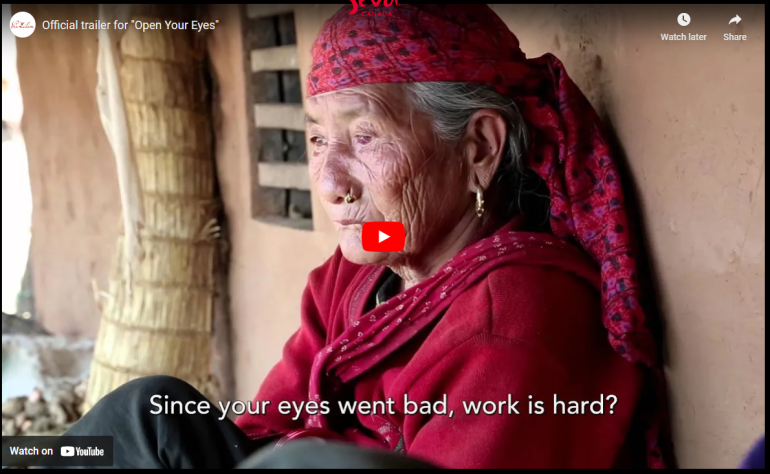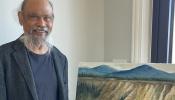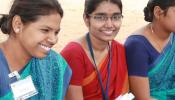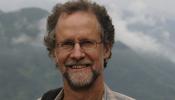A note from filmmaker Irene Taylor Brodsky
I first documented people who are blind in Nepal in 1992. I was living in Kathmandu and writing a book on the lives of the disabled hidden in the Himalayas. I hitched my wagon to the work of Dr. Yanta Mani Pradhan, a legendary Nepali eye surgeon who would walk for days, even weeks, with his team to remove cataracts from milky eyes blinded by the high-altitude sun. His patients were carried by porters and family members, over mountain passes to reach his eye camps, each of them praying for a life-changing miracle. They never paid a penny because his camps were always free.
Eye surgeons in Nepal have the fearlessness of a mountain pilot, the hands of a craftsman, and the stamina of, well, a Nepali. I eventually left the country, but vowed one day to tell their story. I had the chance 25 years later. This time, I called Dr. Larry Brilliant, a former filmmaking colleague and a co-founder of Seva Foundation. Larry connected me with Nepalis carrying out Seva’s mission and suggested I head to an unassuming town called Tansen in the Himalayan foothills.
I had seen short films showing that miraculous moment when a blind person sheds her bandages and can see again. But who exactly were these people? Who had carried them to these camps, up and down mountains in a basket, for the chance to see again? Even more, what was it like to be blind in Nepal...and what would it be like to return, forever changed, back home again?
"A blind person is a mouth with no hands," I had often heard Nepali people say, but only when I traveled with Seva’s eye care foot soldiers did I understand it. I followed the Seva team walking door to door, climbing to ever-higher elevations, looking for blind people. Someone we met on the trail told us if we walked a little further, we’d find a married couple, together blinded by cataracts for years, leading a shuttered existence.
We found Manisara sitting cross-legged in a pile of turmeric root, which she was resigned to peel and crush, day after day. Her husband, Durga, no longer the farmer he once was, could not navigate the warren of pathways around him, nor feed his animals. They had become completely dependent on their family for their most basic needs. There were no cars to transport them anywhere. Life had become static.
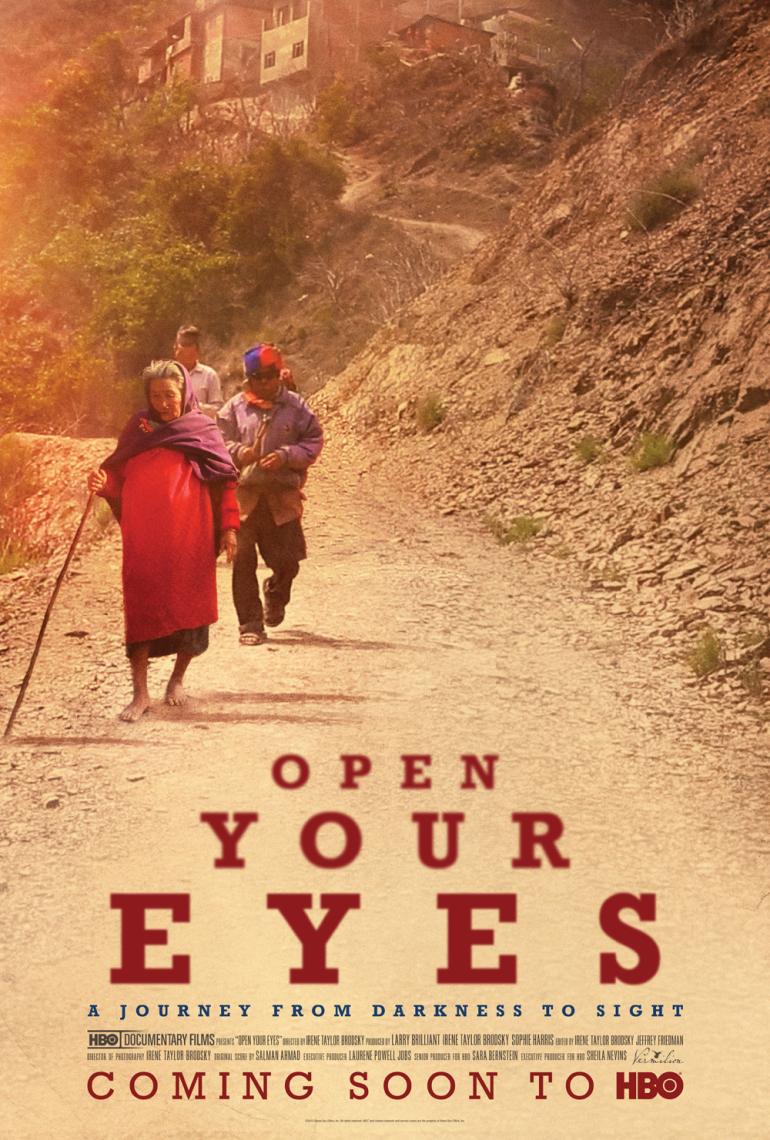
I tentatively filmed as the team tested their sight, then coaxed them to leave home and follow them back down the mountain for one of Seva’s monthly free eye camps. A surgeon, they added, had even come from Kathmandu to operate. But the taste of defeat and growing pains had made Manisara skeptical. And besides, who would carry her down the mountain?
Just then, her youngest granddaughter plopped herself into Manisara’s lap. The grandmother started running her hands over the little girl’s feet, her legs, her nose. Is she like me? Touching the child, Manisara connected her past to a new kind of future. At that moment, they committed to take the journey, and I geared up to tell their story.
An hour later, we set out for the eye hospital. They tripped over goats and stones as they went, on trails they had not traveled for years. Their son and a strong nephew walked with us. The couple was carried, guided and then driven on a bewildering odyssey to the city. With 55 others, they arrived at the small hospital and waited.
Everyone was there for a miracle, you could say a routine miracle — Seva is closing in on having supported 4 million sight-saving surgeries. The cost of a surgical intraocular lens, that transformative piece of plastic that can make the blind to see, is now widely available for less than two dollars.
Open Your Eyes was shot in three days. Their surgery took just six minutes. I put the camera down only when they made it back home again, all of us exhausted, but ready to meet the children and grand- children they had always known, yet never seen.
- Irene Taylor Brodsky
Originally Published by Seva Foundation.
